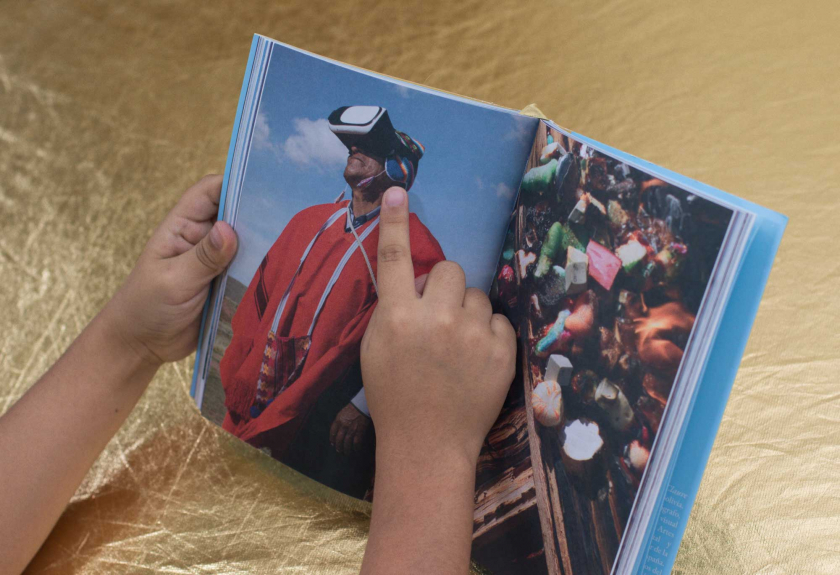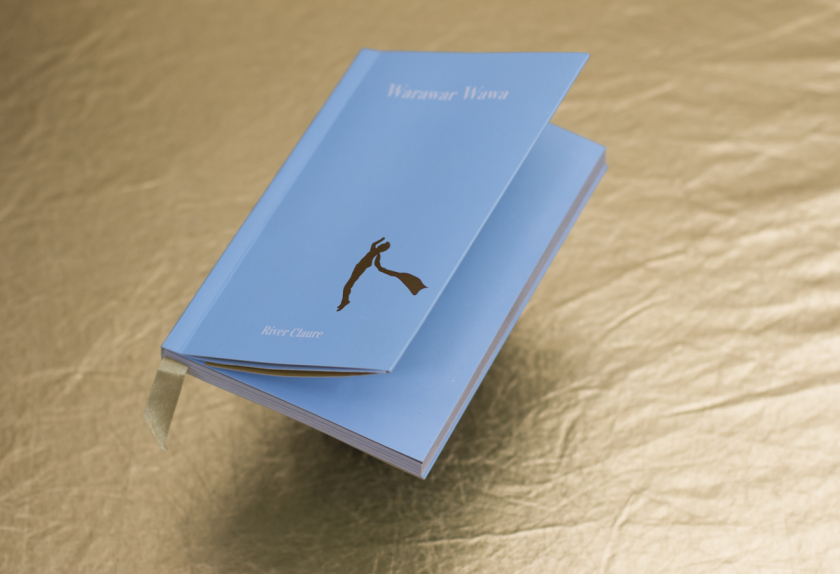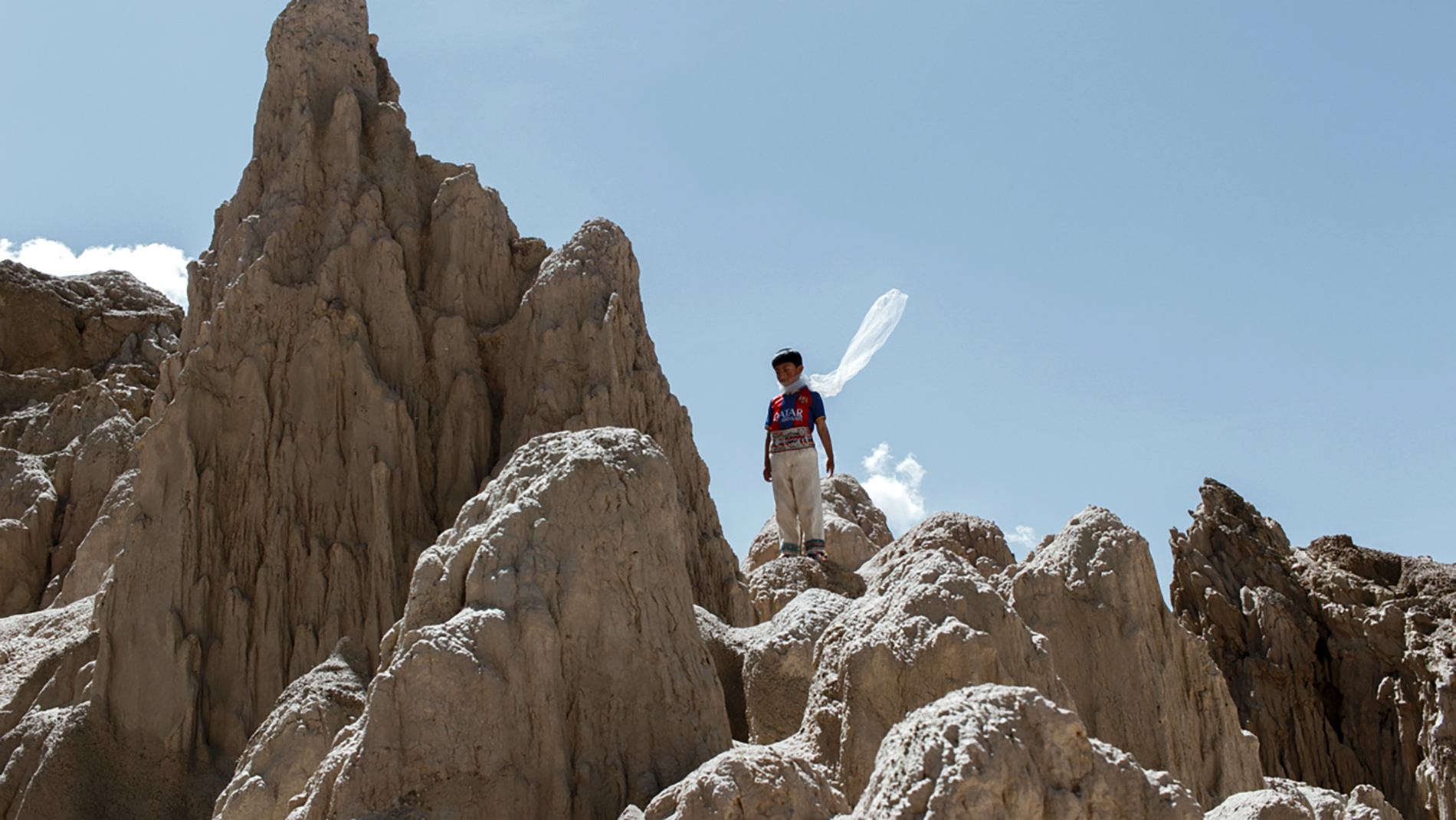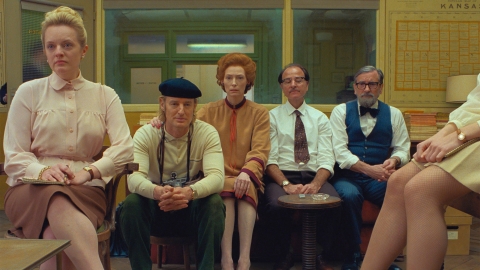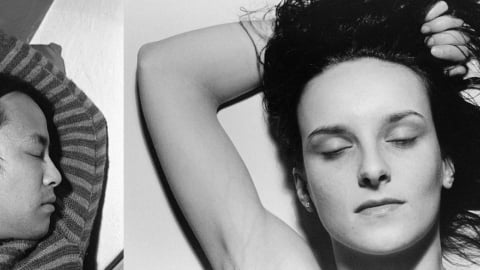*Andean, or Andean community (Andean group) is a common market approved by the Latin American Free Trade Association and adopted by Bolivia, Chile, Colombia, Ecuador and Peru in 1969.
One day, River Claure randomly searched the keyword “Bolivia” online. As expected, he found only images of camels, high mountains and people in national costumes. “These images were all shown through a foreign lens, and it was as if Andean culture had frozen,” River confided. For him, Andean culture has always existed and developed alongside this world.
After reading Antoine de Saint-Exupéry’s The Little Prince, River pondered the images in the book, and the images of his homeland. The photographer, then 23, began to wonder: What if the classic were set not in the Sahara but in the Andes? And what if the story’s protagonist were not a blond prince, but a dark-haired Andean child?

The Little Prince walks through a metaphorical rose garden, where the buds grow from the braided hair of the Andean Indians, called cholitas, who wear pollera skirts. Just as the Little Prince’s favorite rose comes from asteroid B-612, the young boy’s rose is just one among countless others. Yet he considers his rose to be unique.
In Aymara (the language of the Aymara-Bolivian people of the Andes), there is no word that translates to “prince.” River titled his version of the storyWarawar Wawa(“warawar” means star and “wawa” means child). He felt the name had an artistic quality, capturing the spirit of the original work while also symbolizing the sacredness of the Andes. Through his lens, River molded the Little Prince into a child of the stars.

A cactus near the town of San Cristobal (Bolivia). The whip wrapped around the cactus is a symbol of power, carried by Andean leaders. At the same time, the whip symbolizes the power of the snake in the Little Prince's journey to find his way home.
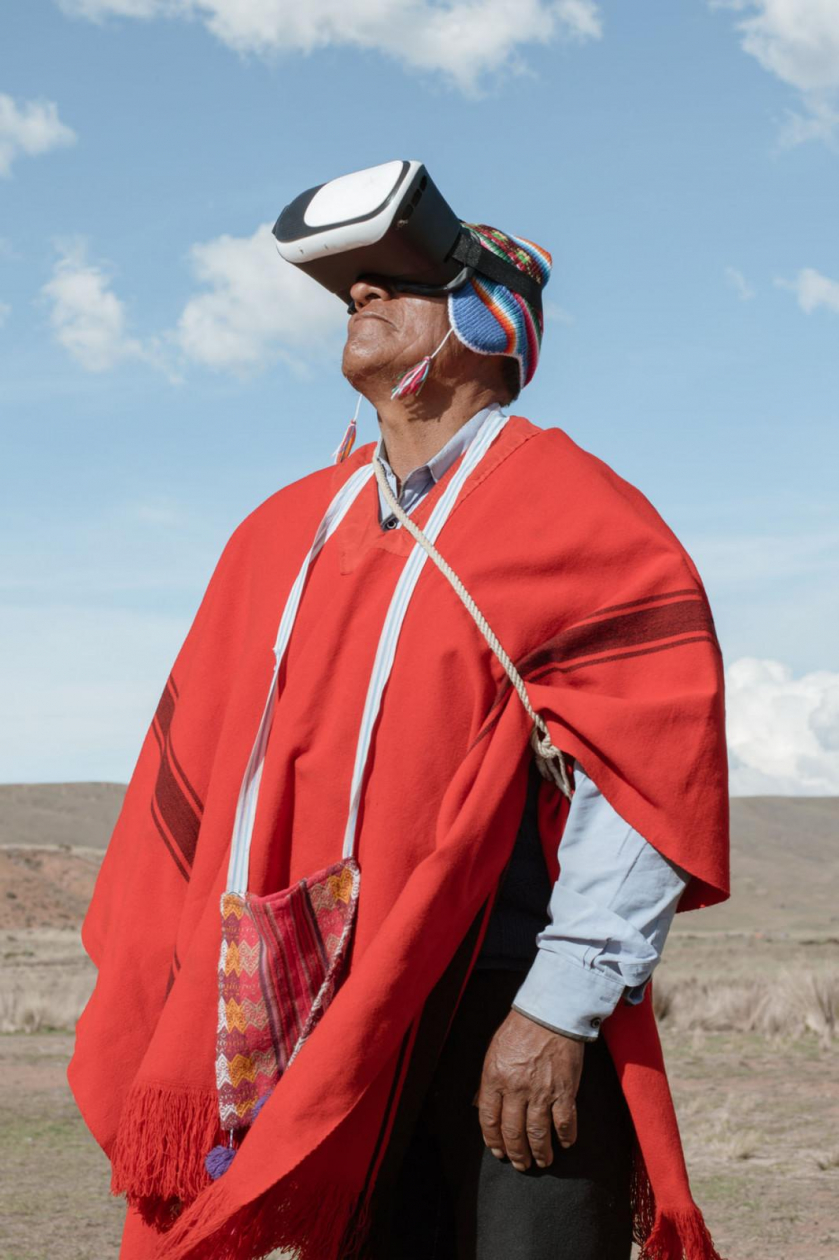
A yatiri - a wise man, a spiritual leader - sees the world through the lens of virtual reality. Through this, River asks the question: What is lost when we bury our senses in the virtual world, and what will we gain when we know how to preserve our cultural roots?
In The Little Prince, we see the world through the clearest eyes. River plays the same story with herself. The photographer was inspired by sociologist Silvia Rivera Cusicanqui, who encouraged people to re-conceptualize Bolivian culture by capturingch'ixiIn Aymara,ch'ixiis the weaving of black and white threads together to create a sense of a third color, gray. "Globalization is just the smears of indigenous culture," River says. In his work, he weaves Andean symbols into global symbols in the most visual way possible, allowing viewers to see beyond the previously vague images of the Andes.

On top of the mountain in Copacabana (Bolivia), Warawar Wawa looks into the distance, the dog representing the fox of the Little Prince is beside him.

Can you see the shape of the python swallowing the elephant? The photo shows gangochos - plastic bags used to wrap market goods - covering a truck.
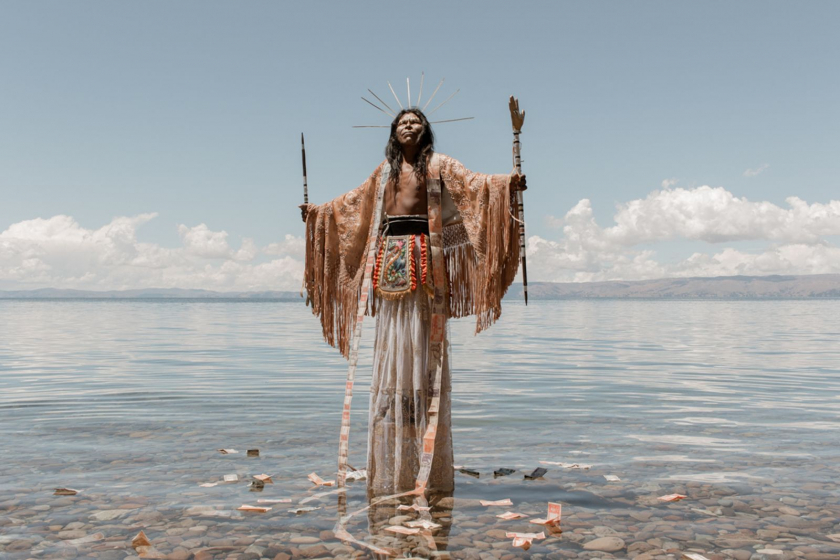
A “life” emerges from the waters of Lake Titicaca, symbolizing the approval of the god Wiracocha (in Andean belief, Wiracocha is known as the eternal creator and creator of the universe). Like the lamppost in The Little Prince, this entity shines light on the people.
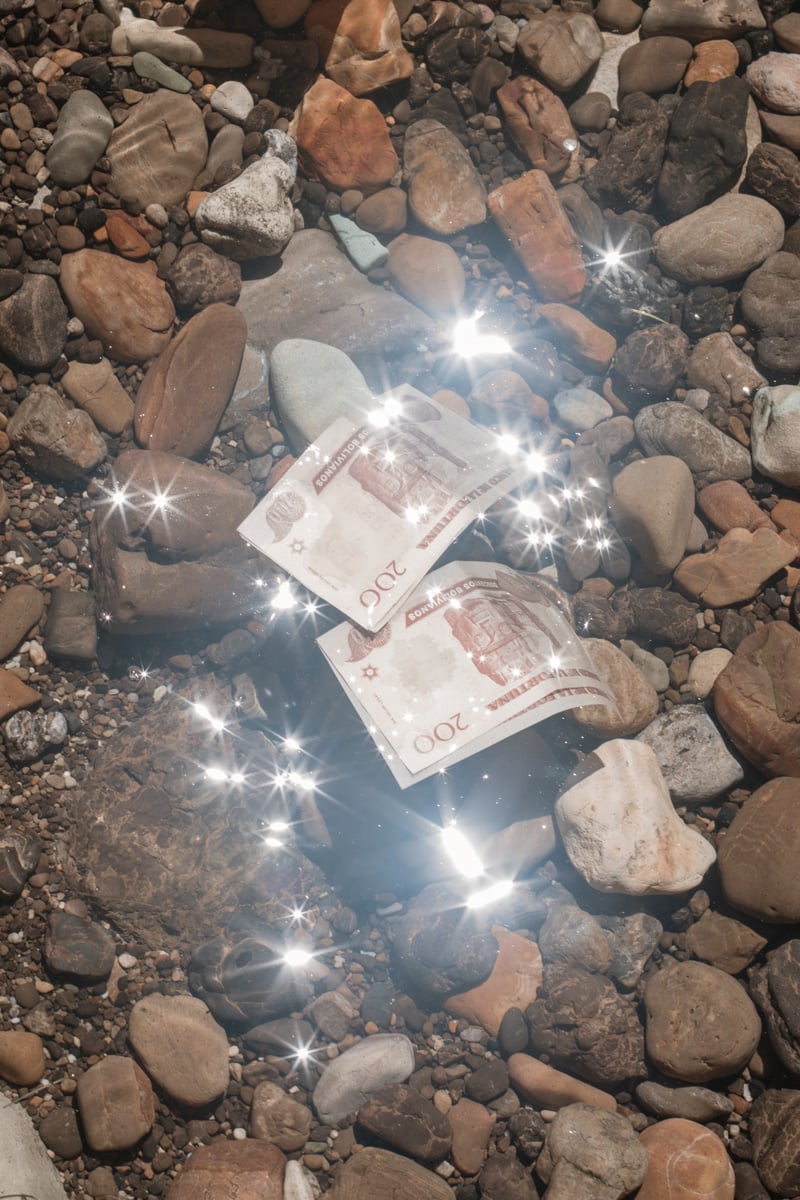
Beams of light glint off fake coins submerged in Lake Titicaca, considered by some to be the cradle of Andean culture. River refers to the Alasitas festival, where people buy desirable items – including money – and are blessed by them. The festival also resembles the magical world of Warawar Wawa.
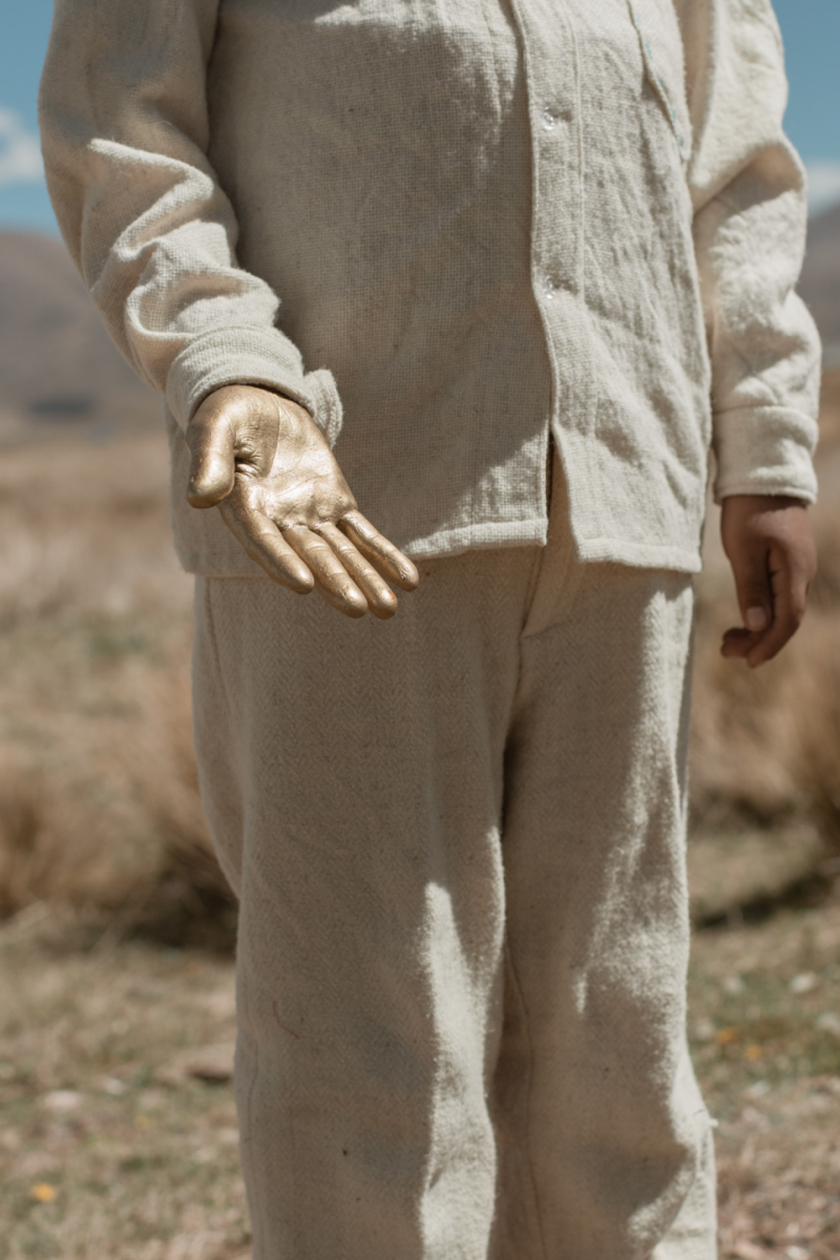
Warawar Wawa holds out a golden arm – a gesture of warm welcome and friendship. The use of real gold leaf in art, particularly paintings, became popular after the Spanish conquest. Andean cultures further refined the technique into elaborate textiles.
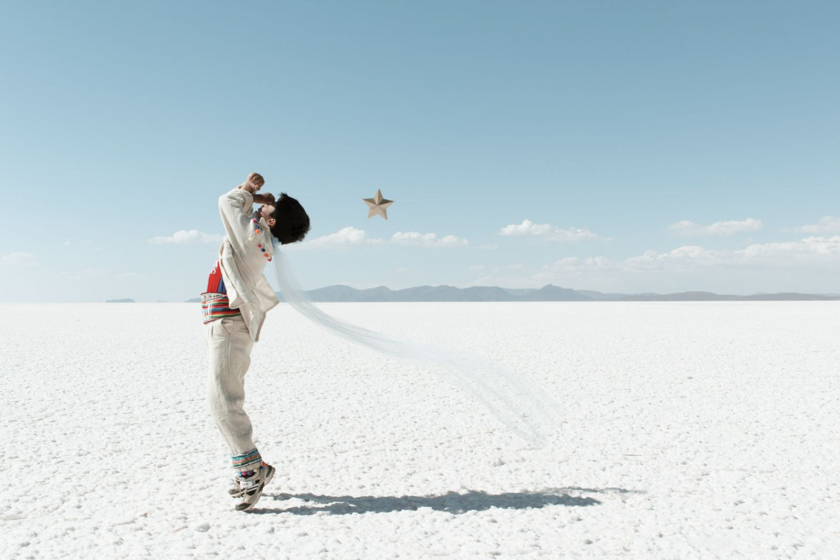
Warawar Wawa soars over a salt desert, not sand, on the salt flats of Uyuni, Bolivia.
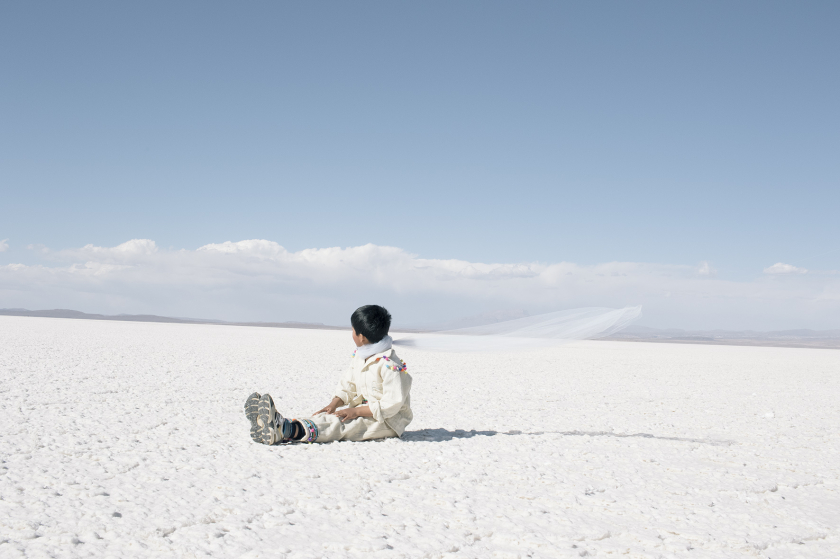
How did River Claure connect her photo series to the original Little Prince?
In response to this question, River Claure said that although he (and his team) had come up with new ideas, breaking away from the story of The Little Prince, they were still guided by the original work. "I looked at all the illustrations in the original book, then drew my ideas, long before I took the photos. Although the sketches showed specific things, in reality, I decided to let the photos "float" freely, without any captions, letting them fly in their own world."
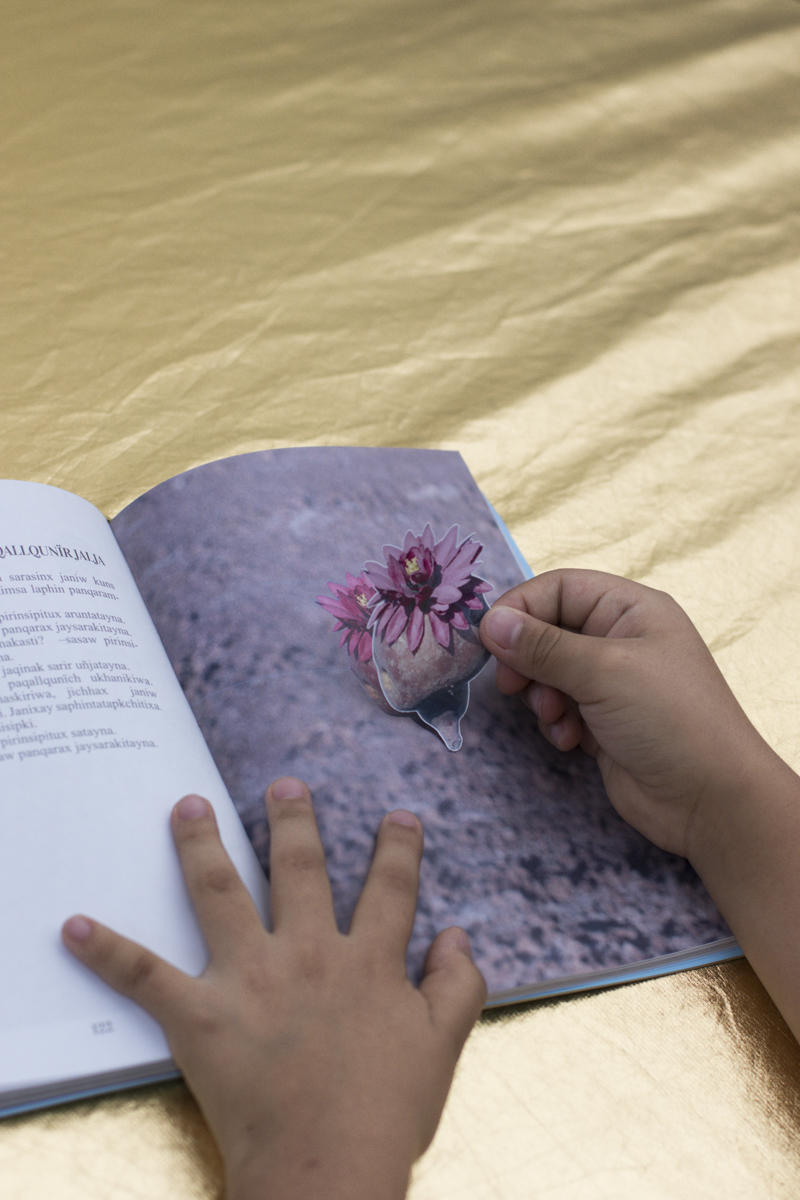
In the photo book Warawar Wawa - The Andean version of The Little Prince, by photographer River Claure.
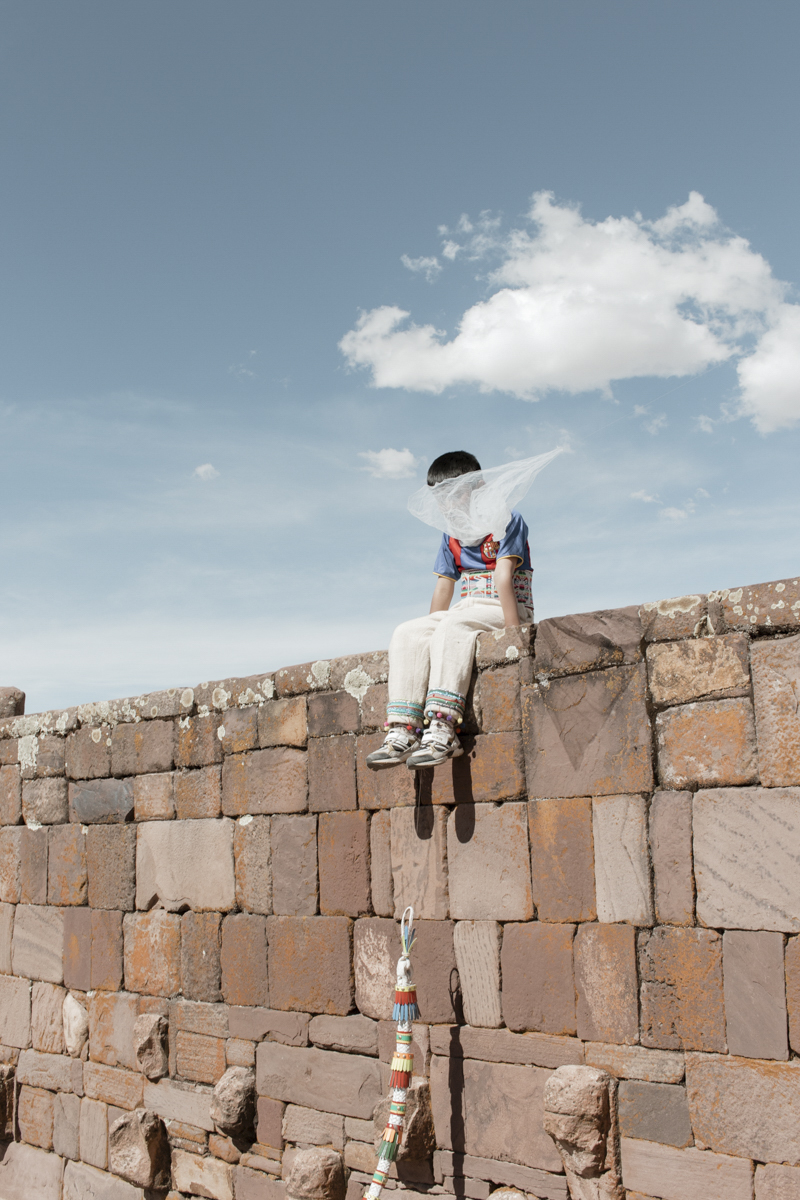
At the foot of Warawar Wawa, against the wall, is a whip - a symbol of the snake in The Little Prince.
